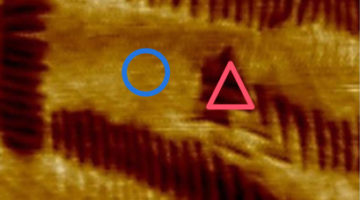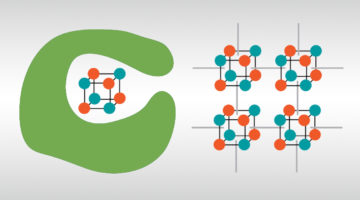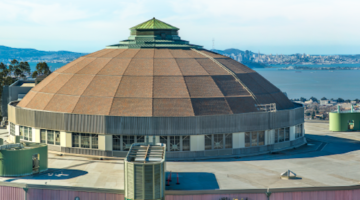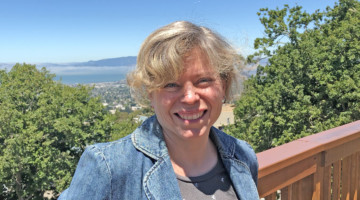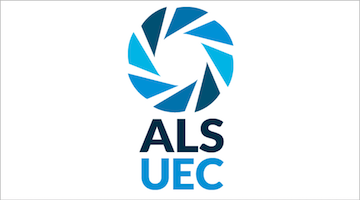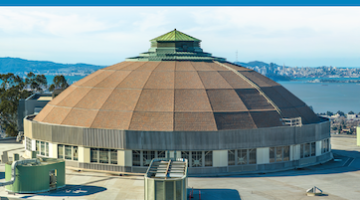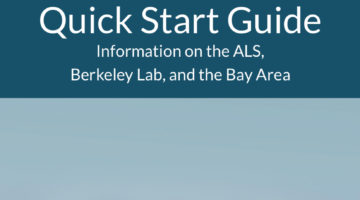Researchers clarified the atomic-level mechanism that enables bacteria to switch light harvesting off and on in response to potentially damaging overexposure to light. The results could have long-range implications for artificial photosynthesis and optogenetics—the use of light to selectively activate biological processes. Read more »![]()
![]()
ALSNews Vol. 407
July 31, 2019
Tuning Material Properties with Laser Light
Researchers demonstrated that coupled electronic and magnetic properties in a material can be repeatably tuned using laser light. The results suggest the possibility of creating microelectronic devices that use a laser beam to erase and rewrite bits of information in materials engineered for random-access memory and data storage. Read more »![]()
![]()
Molecular Framework Imparts Stability to Reactive Catalyst
Researchers have shown that a rigid metal–organic framework (MOF) can be used to stabilize core regions of a reactive catalyst that has potential for use in artificial photosynthesis. The framework immobilizes and preserves key reactive intermediates and affords a clearer view of how the catalyst’s structure correlates with function. Read more »
A Bullfrog’s Powerful Defense Against Toxic Red Tides
Working as a “molecular sponge,” a bullfrog protein known as saxiphilin provides powerful, yet little understood, protection against deadly neurotoxins produced in red tides. Crystallography studies at the ALS have clarified saxiphilin’s function, potentially enabling better ways to monitor and combat toxins in our oceans and food supplies. Read more »![]()
Advanced Light Source Five-Year Strategic Plan
The updated ALS Strategic Plan for the next five years is now available online. It provides an introduction to the ALS, explains strategic priorities for science thrusts and instrumentation, and covers the ALS Upgrade. The document also discusses the user program, workforce development, safety, accelerator projects, and initiatives. Read more »
September 4 Deadline for General User Proposals
The User Office is accepting new General User Proposals (GUPs) from scientists who wish to conduct research at the ALS in the 2020-1 (January–June) cycle. The deadline for submissions is September 4, 2019. Applicants are reminded that they may request joint access to the Molecular Foundry, a nanoscience user facility at Berkeley Lab, to support their ALS activities. Read more »
Elaine DiMasi, ALS-U Beamlines and Optical Systems Lead
Elaine DiMasi joined the ALS-U Project two months ago, bringing her expertise in both beamline science and project management. Find out why she’s known as the BOSS. Read more »
July 2019 Message from the Users’ Executive Committee
The Users’ Executive Committee (UEC) serves the interests of scientists who come to the Advanced Light Source to conduct research. Find out more about upcoming events and ways to get involved. Read more »
Last Chance to Register for the 2019 ALS User Meeting (October 1–3)
The last day to register online for the 2019 ALS User Meeting is September 26. The event will feature news from DOE, keynote talks, updates on the ALS-U Project, 11 focused workshops and tutorials, a student poster “slam,” an exhibitor tent, and the presentation of awards at the annual banquet. To register and view the draft agenda and logistical information, visit the User Meeting webpage.
New Quick Start Guide for Users
The ALS Quick Start Guide provides contact information, maps, and other useful tips to ensure your time at the ALS goes smoothly. Check out the electronic version online or pick up a paper copy from the User Office. Read more »

